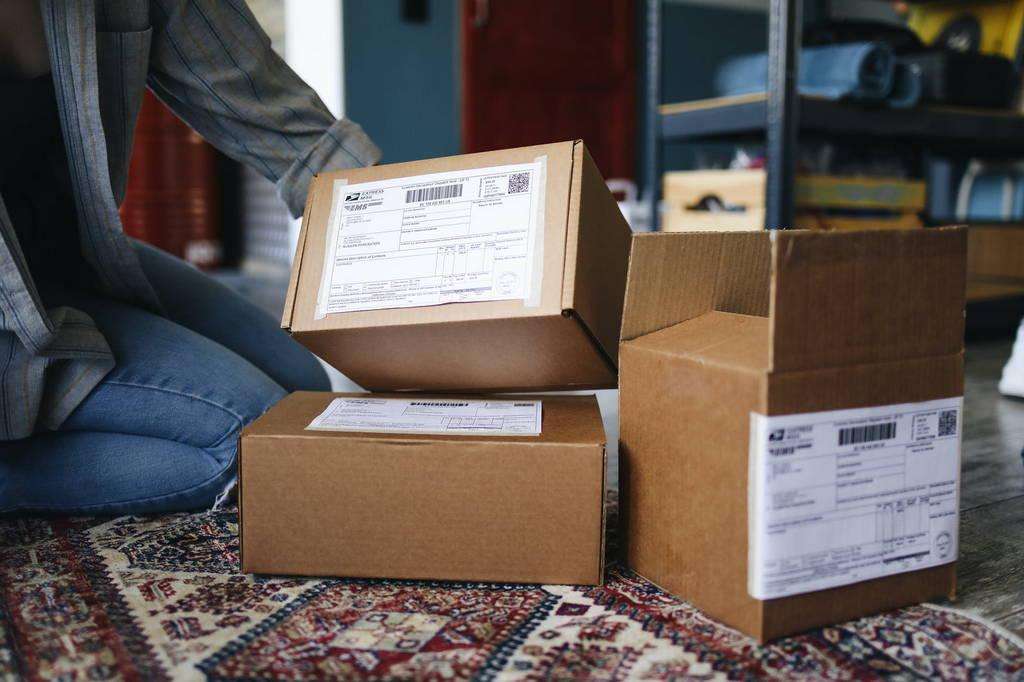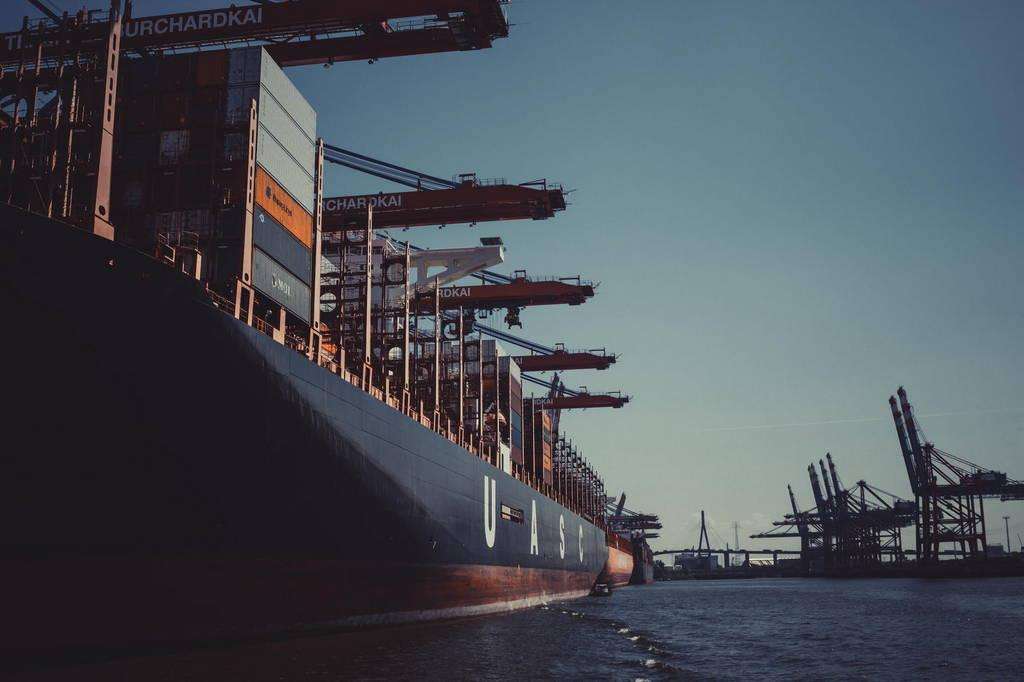Lowering Amazon FBA fees has proven to be one of the toughest uphill battles for every FBA seller – especially with rising costs of labor, which has resulted in greater expenses across the board. In fact, it’s impacting the entire ecommerce and retail sector as a whole… so you’re not alone as an Amazon seller. Fortunately, there are a few clever strategies you can take advantage of to reduce your costs and boost your profitability.
In this article, we’ll discuss how you can directly lower your FBA fees – along with reducing costs elsewhere, boosting profitability, and ultimately lowering the overall effect FBA fees have on your bottom line. If you can lower the ratio of FBA fees to profitability, you can “indirectly” lower the negative impact FBA costs have on your business – which can be accomplished by simply boosting revenue and profitability elsewhere (or reducing other expenses too).
So, whether you’re just getting started with Amazon FBA or you’re looking for ways to reduce your expenses, read on for tips that will help you save money and grow your ecommerce operation.
Use this outline to skip to any section of this guide:
- How much can I lower Amazon FBA fees?
- Outsource FBA prep to lower Amazon FBA fees
- Create bundles with products & SKUs
- Always aim for small & lightweight products
- Strategically price your products
- Keep returns low with high-quality products
- Use the Inventory Performance Dashboard
- Test out multiple shipping companies & freight forwarders
- Run promotions to clear out inventory & prevent storage fees
How much can I lower Amazon FBA fees?
By the end of this article, you might be wondering – “Okay, but how much can these strategies reduce my FBA fees and expenses by?”
It depends on how well they’re executed of course… but if done effectively, you can see anywhere between 10-30% reduction in overall FBA fees and expenses (without having to decrease revenue). Every Amazon business is built and structured differently, but these are generally universal rules that apply to any retail company selling on Amazon. So let’s dive into each strategy and talk about how you can apply it to your own business:
Outsource FBA prep to lower Amazon FBA fees
By far the quickest & easiest way to lower your FBA fees comes from outsourcing your FBA prep to a reliable service. Amazon has strict rules and guidelines when it comes to how products are packaged and labeled for Fulfillment by Amazon – and without proper FBA prep, your inventory is at risk of not being accepted by Amazon, which can lead to expensive fees and sometimes rejected inventory.
Whether you’re working with an overseas manufacturer or you don’t have the time or resources to handle it yourself, it’s important to have a process and strategy for FBA prep. By doing so, you can avoid potential cash flow setbacks and ensure that your products are compliant with Amazon’s requirements.

Create bundles with products & SKUs
Simple changes like restructuring your products & bundles can have a surprisingly-high impact on your fees (as a percentage of revenue, in this case). By bundling multiple SKUs into one product, you can reduce your per-unit storage and fulfillment costs – while also increasing your profit margins on each sale. The size and weight of each package and unit might increase, but on a per-unit basis, you will reduce every additional fee associated with selling on Amazon – and you’re average order value will see a nice bump.
For example, if you sell a set of four candles, you can bundle them into a single SKU, which will save you money on Amazon FBA fees. Not only will this save you money, but it will also make your products more appealing to customers, as they will be perceived as higher value with a better deal. So if you’re looking to reduce your Amazon FBA fees, consider creating product bundles.
Always aim for small & lightweight products
If you’re looking to reduce your Amazon FBA fees, one strategy is to source and offer small products. Smaller products take up less space in storage and result in lower FBA fees and shipping fees. In addition, small products are often less expensive to manufacture, so you can price them competitively and still make a profit. Of course, there are some challenges associated with selling small products – such as having difficulty finding a niche market for your product. You may have to invest more time and effort into marketing your product too. However, if you’re looking to save on FBA fees, selling small products is definitely worth considering.
However, if you have trouble finding small products, you can also lower your FBA fees with lightweight products. They cost less to ship to Amazon’s fulfillment centers, and from the fulfillment centers to your customers. Plus, they’re often cheaper to manufacture, so you can get a great deal on them when you source them from suppliers.
To find great deals on lightweight products, start by searching Alibaba and other wholesale directories. You can also contact manufacturers directly to inquire about wholesale prices. Once you’ve found a few good suppliers, reach out to them and ask for samples of their products. Test them out and make sure they’re high quality before placing your order – since small & lightweight products always have a risk of being cheap and flimsy. By taking the time to source these types of cost-efficient products, you can save a lot of money on Amazon FBA fees and shipping costs.

Strategically price your products
When it comes to selling on Amazon, one of the most important factors is pricing. By strategically pricing your products, you can increase your conversion rate and sell through inventory faster – which reduces your storage fees (since products aren’t sitting in warehouses any longer) and allows you to scale your Amazon business faster. Here are a few tips for pricing:
1. Research your competition. Take a look at what similar products are selling for on Amazon and price your product accordingly. Have there recently been movements up or down in pricing for your category? What shifts have competitors made – in terms of how they sell or bundle products together?
2. Consider your shipping costs. Make sure to factor in the cost of freight when setting your price – otherwise you may lose track of your margins. If shipping costs are going up, you’ll likely see the average product cost in your category go up too (which means you can match those increases).
3. Think about the average customer. Ask yourself how much the average customer is willing to spend on your product. Then, price your product accordingly. Are you competing with lower-end products with no branding? Or does your product have premium branding to compete with the expensive options on the market? This can help you guide your pricing strategy.
4. Increase your product costs with better listings. If you can maintain your conversion rate while increasing your price, your Amazon FBA fees won’t impact your bottom line as much – since your revenue and profit went up. Dedicate high efforts into constructing professional listings with high-converting copywriting, persuasive product descriptions, and optimized product images that compel your customers to purchase. This way, you can increase your prices – without seeing a dip in sales or an increase in FBA fees.
By following these tips, you can price your products in a way that maximizes your profits, gives you a competitive edge on Amazon, and ultimately reduces the impact FBA fees have on your bottom line.
Keep returns low with high-quality products
Any business that sells products online knows that returns are a part of doing business – and those fees can add up quickly, eating into profits and limiting your ability to grow your business. Ultimately, the most straight-forward way to reduce your return rate is to source high-quality products. By only selling products that meet customer standards for quality, you can reduce the likelihood that customers will be disappointed and need to return their purchase.
Returns are a reality of selling online, but there are multiple ways to minimize their impact on your business. For example – make sure your products are clearly described and photographed from multiple angles. This will help reduce the number of buyers who feel disappointed or misled when they receive their purchase, since they will receive a clear view before purchasing and receiving the product.
You should also make sure your customer service team is prepared to handle questions and concerns. Most importantly, take steps to reduce the likelihood that items will be damaged in transit. This includes using secure packaging and choosing a reliable shipping carrier.
In addition, by clearly communicating your product’s features, qualities, specifications and benefits, you can help to ensure that they understand what they’re getting – instead of misleading claims and expectations that result in disappointed customers. Remember – Amazon offers by far the easiest returns online, so customers will always return a product if they’re not satisfied enough. By taking these steps, you can help to increase your revenue and profit by reducing your returns rate.
Use the Inventory Performance Dashboard
The Amazon Inventory Performance Dashboard is a powerful tool that can help sellers reduce their FBA costs and fees. The Dashboard provides insight into how well a seller’s stock is performing, while offering recommendations on how to improve inventory management. It can help sellers identify slow-moving or excess inventory – so that they can take steps to reduce these items. The Inventory Performance Dashboard is a vital tool for any seller looking to reduce their Amazon FBA costs and fees.
- Excellent (dark green)

- Good (light green)

- Fair (yellow)

- Poor (red)

It also offers merchant insights on how well they are managing their inventory – along with tips and tricks on how to improve IPI metrics. A high score indicates that the seller is compliant with Amazon’s guidelines and is not incurring any significant costs due to penalties. Poorly managed inventory can lead to stock-outs, overstocks, and other inefficiencies that can cost the seller both money and customers.
For any business, big or small, inventory management is key to success. It can be the difference between making a profit and taking a loss – one of the key reasons behind Amazon developing this tool. The dashboard allows FBA sellers to monitor their inventory activity and make sure they are staying on top of their stock levels – and it provides insights into sales trends, stock levels, and inventory turnover.
It also offers recommendations on how to improve your inventory management. If you want to ensure that you are always aware of your inventory situation and take steps to keep your business running smoothly, don’t be afraid to devote a few minutes into familiarizing yourself with the dashboard.
The Dashboard takes into account a variety of factors – including sales history, lead time, and seasonality. This information is then used to generate a stock forecast that can help you avoid stockouts and overages. In addition, the Dashboard provides insights into your inventory turnover, space utilization, and investment in safety stock. These metrics can be used to improve your overall inventory management strategy – giving you more confidence in your stock forecasting and helping you avoid the costly consequences of out-of-stock items.
Fortunately, the Amazon Inventory Performance Dashboard can help sellers identify areas where they need to improve. By following the suggestions on the Dashboard, sellers can minimize their penalty costs and keep their business running smoothly.

Test out multiple shipping companies & freight forwarders
Strategically using freight forwarders can help you secure the lowest shipping prices – which can lower the burden of FBA fees on your business (ultimately making the operation more profitable). Freight forwarders have existing relationships with major carriers and logistics companies, so they can often get better rates than individual sellers. In addition, freight forwarders can help you with the paperwork required for international shipping, which can be complex and time-consuming.
They often have relationships with carriers that allow them to get discounted rates. In addition, freight forwarders can use their knowledge and experience to negotiate better deals on your behalf. They’ll also have the knowledge and experience to find the most efficient shipping routes and to avoid potential problems. In addition, a good freight forwarder will be able to provide you with tracking information and help you troubleshoot any problems that may arise. By choosing a reputable and experienced freight forwarder, you can be confident that you’re getting the best possible value for your money.
Freight forwarders are experts in the shipping process and can advise you on the best ways to ship your products. They can also help you source products and packaging, and they will work with you to create a shipping strategy that fits your budget. In addition, freight forwarders can provide other services, such as warehousing and order fulfillment.
Using a freight forwarder is an easy way to save money on shipping costs, make the shipping process easier and more efficient, and free up your time so that you can focus on other aspects of your business.
Run promotions to clear out inventory & prevent storage fees
Many FBA sellers incur expensive fees through prolonged storage of products that have trouble selling quickly. Remember – you always need to keep your inventory moving, otherwise you’ll end up tying up your money in stock from sitting on shelves.
The solution? You can reduce your storage fees by running deals and promotions on your products – which will clear out inventory faster and reduce FBA storage fees. By running deals, promotions and discounts, you can entice more customers to buy your products – and if you time your promotion properly, you can also encourage customers to buy multiple items.
Of course, running a promotion isn’t free. You’ll need to lower your margin on each unit sold… but if you sell enough units, the extra sales volume can offset the lower margin and leave you with a healthy profit. This will help you sell more inventory and reduce your storage costs. So if you’re looking to offload some excess stock, a promotion might be just the thing you need.
In general, you always want to keep an eye on your inventory levels. If you have too much inventory, you’ll be charged higher storage fees – so it’s important to find a balance between having enough stock to meet customer demand and keeping your storage costs low.

Final thoughts on reducing Amazon FBA fees
So, what’s the takeaway from all of this? If you want to lower your Amazon FBA costs, put your focus towards optimizing your supply chain, selling through inventory more quickly, and taking a holistic look at your prices and product offerings. Implementing these strategies may not be easy, but they can help you save money in the long run and grow your Amazon business. It’s a process every top-selling Amazon store has been through – and with the right dedication and strategic planning, there’s no reason you can’t reach the same levels of success either!

